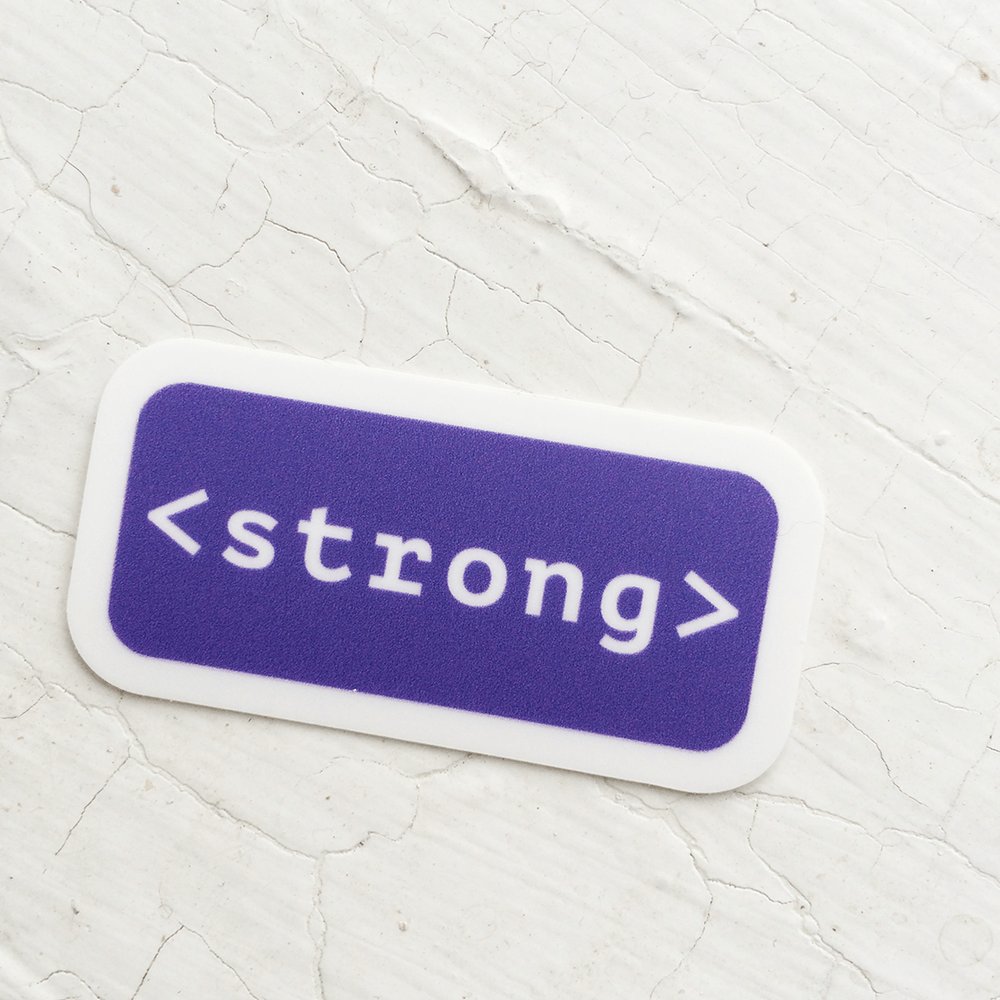WebRTC has driven a lot of our recent work.
We appreciate it’s simplicity and enormous potential to transform a variety of industries reliant on video. For those of you who aren’t quite familiar with webRTC, or maybe heard a reference to it on Silicon Valley but not really sure what it is, I’ll explain:
WebRTC is a free, open-source project that allows mobile applications and browsers to communicate via simple APIs. The two main JavaScript APIs are MediaSteam (known as JavaScript Function) and RTCPeerConnection. The MediaStream API collects video and audio data from the user’s devices then interprets and translates that data into useable JavaScript objects. The RTCPeerConnection facilitates the connection between one browser to another.
The process to implement WebRTC is relatively easy, though it can be fickle when introducing different networks, browsers, and devices. We’ve collected some fantastic resources that have helped us better understand and implement audio and video streaming into our projects.
If you’d like to jump in and get started with WebRTC, here’s a list of helpful guides that can help you along the way:
- Google Codelabs WebRTC and WebRTC Samples: Google Codelabs has probably the best hands-on tutorials for WebRTC, showing you the basic WebRTC browser to browser/p2p video call. It also provides a repo filled with examples of different use cases
- Blog Geek: Blog Geek has a collection of great resources and posts on a wide range of areas in WebRTC. From the browser, to the server, to the data channel, to business concerns. They also publish a weekly newsletter filled with useful content.
- Chrome WebRTC Internals: If you’re having trouble with constraints or connections, you can load up webRTC-internals and debug your communications here.
- Appear.in: If you need help running WebRTC on iOS, Appear.in will provide a step-by-step guide.
- WebRTC Hacks: If you’re more technically savvy and looking for a more comprehensive guide, then WebRTCHacks may be a good option. It is similar to Blog Geek but a bit more technical.
Curious to hear if you’ve used other sites on WebRTC. If you have one in mind, let us know!




